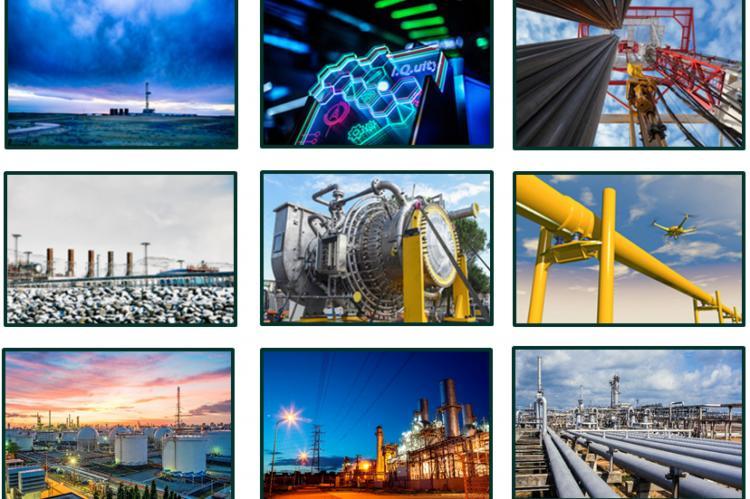Enhancing Energy Efficiency and Reducing Greenhouse Gas Emissions through Innovation and Renewables Integration

Consequences of global warming on Earth’s climate are one of the greatest challenges worldwide faced, particularly by industry players. To effectively reduce the amount of greenhouse gas emissions, it is necessary to increase efficiency and exploit renewable energy sources.
Baker Hughes (BH) developed technologies to reduce CO2 emissions and benefit from integration with renewables, such as pipeline compression stations and LNG plants, leading up to 55,000 tons/year of CO2 emission savings and up to 20,000 tons/year of fuel gas savings for a PGT25 turbo-compressor train.
Paper introduces an innovative technology to convert heat into electricity: the system, a Brayton closed-cycle, is suitable for low power applications ranging between 0.5MWe and 1.0MWe.
This patent-pending technology uses CO2 as working fluid and is based on a reciprocating expander-compressor becoming a competitive alternative, in terms of safety and total cost of ownership, to other WHR solutions. As additional benefit, typical application for this small system is for remote areas where electricity grid is either not present or unreliable.
Besides power generation, waste heat can be utilized for refrigeration, down -5°C ÷ - 18°C, using hydr ocarbons or CO2 as working fluid. This cold duty can chill process gas saving compression energy or can be used for different chilling purposes. This patent-pending system is composed by an Organic Rankine Cycle combined with a refrigeration cycle utilizing the same working fluid, both services being directly coupled in simplified architecture fully sealed with magnetic bearings.
Additionally, BH patented Hybrid Gas Turbine solution to integrate mechanical drive gas turbines with variable frequency drive electrical machine. A dedicated software optimizes customer needs to minimize CO2 emissions, fuel savings and energy storage, considering the availability of electric energy also from renewable sources. This configuration allows to stabilize the exhaust thermal load for the WHR system independently from the compressor process conditions.
